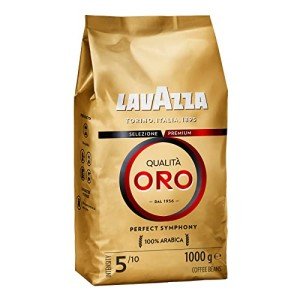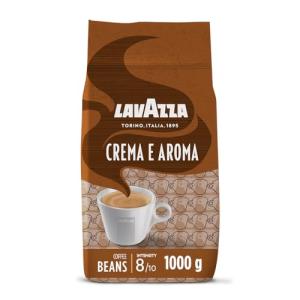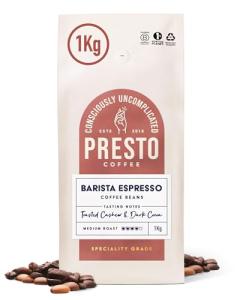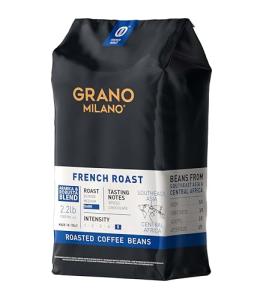The world of coffee is vast and varied, with different beans, roasts, brewing methods, and cultures surrounding this beloved beverage. Among the many varieties of coffee beans available, Italian dark roast espresso beans stand out for their characteristically rich flavors and aromatic profiles. In this guide, we will delve into what makes these beans unique, how they are processed, popular brewing methods, and how to choose the right beans for your taste.
What Are Italian Dark Roast Espresso Beans?
Italian dark roast espresso beans are carefully selected coffee beans roasted to a deep, dark color. This roasting process enhances certain flavors while diminishing others, resulting in a bold and robust cup of espresso with pronounced undertones of chocolate, caramel, and occasionally smoky notes. The beans undergo a second phase of roasting, known as the "second crack," during which oils are released, contributing to their glossy appearance.
Characteristics of Italian Dark Roast Espresso Beans
| Characteristic | Description |
|---|---|
| Roast Level | Dark |
| Flavor Profile | Bold, chocolatey, with hints of caramel |
| Acidity | Low |
| Body | Full-bodied |
| Aroma | Rich and robust |
| Origin | Often sourced from Latin America, Africa, or Asia |
The Roasting Process
The roasting process is crucial in defining the flavor characteristics of coffee beans. For Italian dark roast espresso beans, the journey begins with green beans sourced from various regions around the world. The following stages of roasting convert these green beans into the deep, dark roast recognized for espresso:
- Loading: Green coffee beans are loaded into a roasting machine.
- Drying Phase: Beans undergo a drying phase, removing moisture and preparing them for heating.
- First Crack: As the temperature rises, the beans expand, causing audible cracks. At this stage, the beans are typically medium roast.
- Development Phase: Roasting continues, and flavors develop as sugars caramelize.
- Second Crack: The temperature reaches the second cracking phase, leading to a dark roast that is characteristic of Italian espresso beans.
Popular Brewing Methods
Italian dark roast espresso beans can be enjoyed through various brewing methods, but they are primarily associated with traditional espresso brewing systems. Below are some popular methods for brewing with these beans:
| Brewing Method | Description |
|---|---|
| Espresso Machine | Uses pressure to extract rich flavors and crema from finely-ground coffee. Allows for various styles, including lattes, cappuccinos, and macchiatos. |
| Moka Pot | A stovetop brewing method that creates espresso-like coffee. Water boils in the bottom chamber and rises through the coffee grounds. |
| French Press | Coarse grounds steeped in hot water, producing a fuller-bodied coffee experience. |
| Aeropress | A portable method that uses air pressure to push hot water through coffee grounds, creating a concentrated coffee similar to espresso. |
Why Choose Italian Dark Roast Espresso Beans?
There are numerous reasons to select Italian dark roast espresso beans for your coffee experience:
- Intense Flavor: The roasting process produces a complex flavor profile that appeals to many coffee lovers.
- Low Acidity: These beans have low acidity, making them easier on the stomach while still providing a satisfying coffee experience.
- Versatility: Italian dark roast is suitable for various drinks, such as Americanos, lattes, and straight shots of espresso.
- Cultural Heritage: Enjoying Italian dark roast connects coffee enthusiasts to centuries of Italian coffee culture.
Choosing the Right Italian Dark Roast Espresso Beans
When selecting your espresso beans, several factors should be considered to ensure you get the best experience possible:
- Origin: Different regions produce beans with distinct flavors. Look for beans from countries like Colombia, Brazil, or Sumatra for richness and depth.
- Freshness: Coffee loses flavor over time, so opt for beans roasted within the past few weeks. Check the roast date on the bag.
- Blend vs. Single Origin: Blends can provide a balanced flavor, while single-origin beans may offer unique characteristics rooted in specific growing conditions.
- Roast Level: While all Italian dark roast beans are dark, some may be darker than others. Experiment to find your preference.
FAQ
1. What is the difference between espresso and coffee?
Espresso is brewed using finely-ground coffee and high pressure, resulting in a concentrated shot. Regular coffee is brewed with coarser grounds and involves a different extraction method.
2. Can dark roast coffee be bitter?
Yes, while Italian dark roast is known for its bold flavors, it may be perceived as bitter if over-extracted or brewed incorrectly. Proper brewing techniques can mitigate bitterness.
3. How should I store coffee beans?
Store coffee beans in an airtight container in a cool, dark place to maintain freshness. Avoid placing beans in the fridge, as moisture can degrade flavor.
4. How fine should I grind Italian dark roast for espresso?
For traditional espresso brewing, a fine grind resembling table salt is ideal. This allows for proper extraction while preventing over-extraction.
5. Can I brew Italian dark roast in a drip coffee maker?
Yes, Italian dark roast can be brewed in a drip coffee maker. However, the taste may differ from a traditional espresso due to the different brewing methods.
Italian dark roast espresso beans offer a world of rich, bold flavors and an authentic coffee experience. With their low acidity, full-bodied profile, and versatility in brewing methods, they are the perfect choice for anyone looking to indulge in a robust caffeine experience. By exploring the origins, roasting processes, and brewing methods, coffee enthusiasts can appreciate the complexities of Italian dark roast espresso beans fully. Whether one enjoys their espresso straight or as part of a delicious cappuccino, the journey into this captivating world can be as delightful as the beverage itself.






